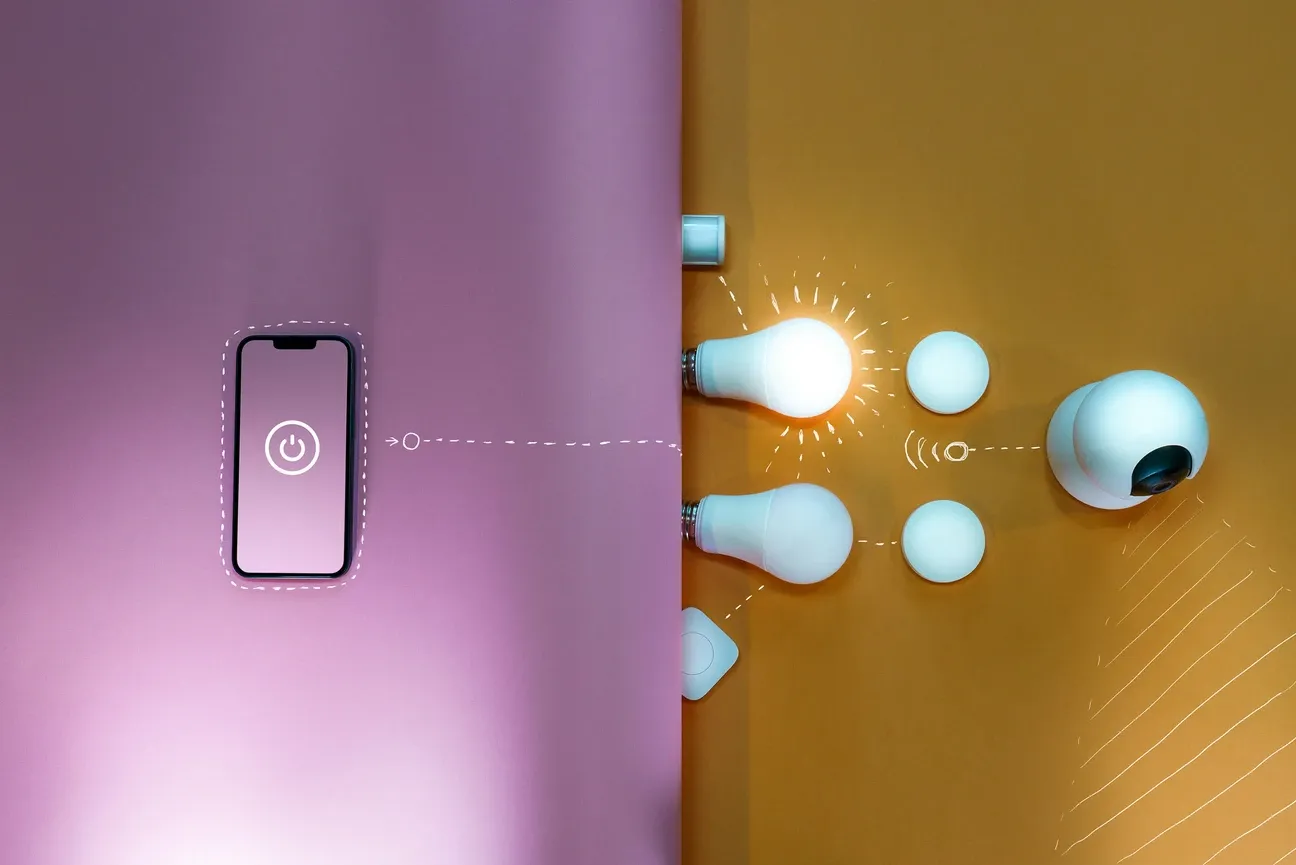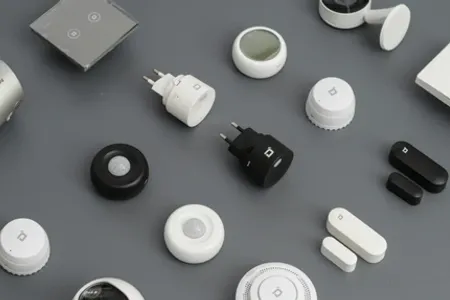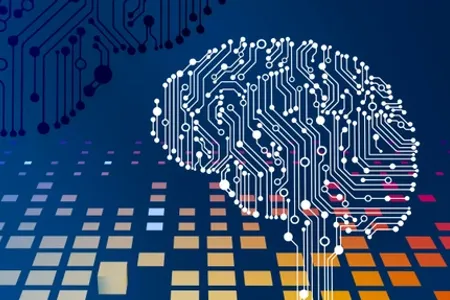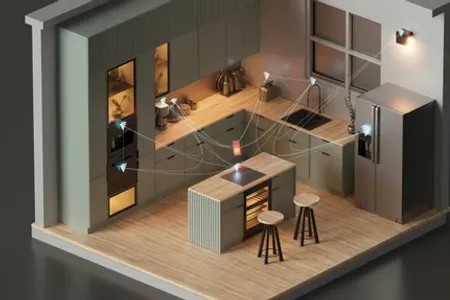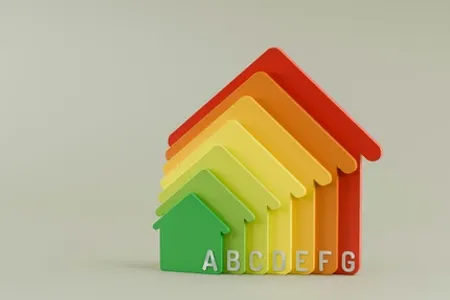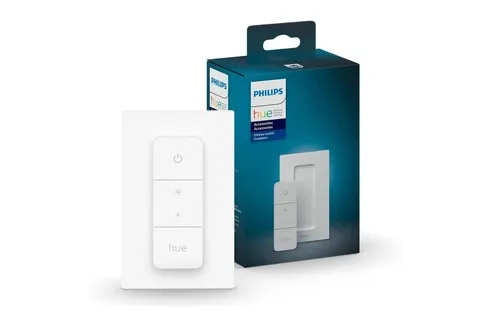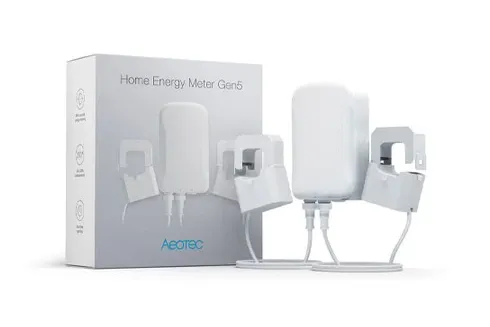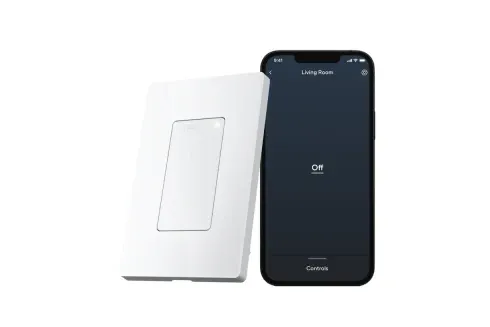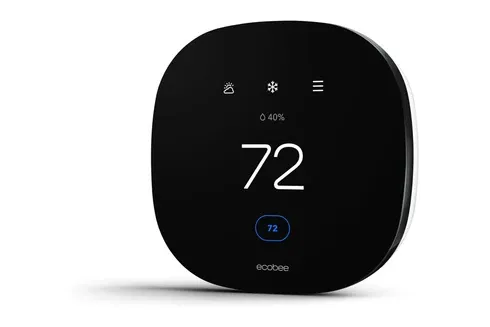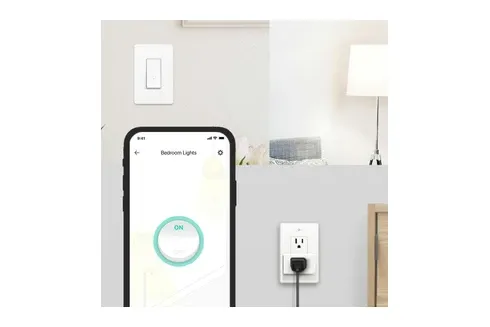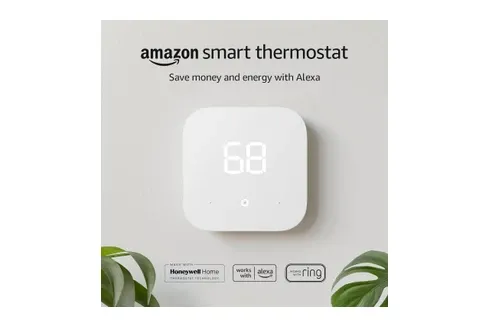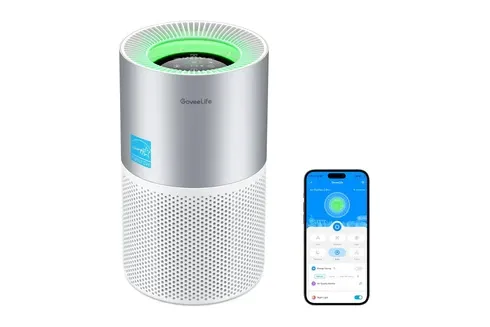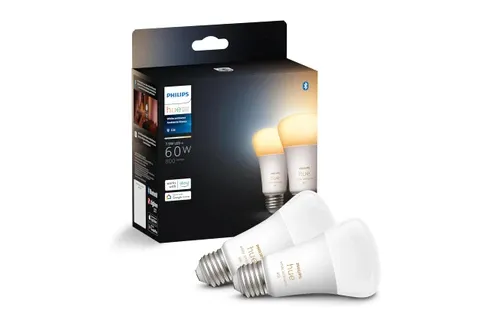In today’s world, energy saving is more important than ever. With rising energy costs and growing environmental concerns, many homeowners are turning to smart home technology as a way to reduce their energy consumption and minimize waste. Smart homes are equipped with devices that allow you to monitor and control your energy usage efficiently, leading to significant savings in both energy and money. Let’s explore how smart home systems can help you save energy, reduce your carbon footprint, and improve your overall home experience.
Understanding Energy Saving with Smart Homes
A smart home is equipped with various devices that use automation, sensors, and connectivity to optimize energy consumption. These devices not only offer convenience and comfort but also help you reduce your energy usage by making intelligent adjustments based on your lifestyle and preferences.
Some of the key smart home devices that contribute to energy saving include:
- Smart thermostats: These devices learn your heating and cooling habits, automatically adjusting the temperature to save energy when you’re not home.
- Smart lighting systems: These systems allow you to control lighting remotely, set schedules, and use motion sensors to turn lights off when they’re not needed.
- Smart plugs: These devices can automatically turn off appliances when they’re not in use, reducing standby energy consumption.
- Energy monitoring systems: These systems give you real-time feedback on your energy usage, helping you identify areas where you can cut back.
The Cost Benefits of Smart Homes
One of the key factors driving the adoption of smart home technology is the potential cost savings. While the initial investment in smart home devices may seem high, they often result in long-term reductions in energy costs. By using smart thermostats, for instance, homeowners can significantly reduce their heating and cooling expenses. On average, a smart thermostat can lower annual energy costs by 10-15%. Over time, these savings can more than offset the upfront costs of the device.
In addition, smart lighting systems help reduce electricity costs. These systems allow users to automate their lights, ensuring that energy is only consumed when necessary. Smart plugs, by cutting down on vampire power usage, can further contribute to lowering your electricity bill.
How Smart Thermostats Save Energy
One of the most popular and effective devices for energy saving is the smart thermostat. Unlike traditional thermostats, which require manual adjustment, smart thermostats automatically adjust the temperature based on your habits and the current weather conditions. Many smart thermostats are equipped with sensors that detect when you’re home or away, ensuring that energy isn’t wasted on heating or cooling an empty house.
Smart thermostats can also be controlled remotely through an app, allowing you to make adjustments when you’re away from home. According to studies, smart thermostats can reduce heating and cooling costs by up to 15%, making them an excellent investment for any homeowner looking to save on their energy bills.
Additionally, smart thermostats can integrate with other home systems, such as smart windows and shades, to improve efficiency. For example, the thermostat can work with window sensors to close blinds automatically when the house gets too hot, reducing the need for air conditioning. These integrations enhance overall energy management, contributing to even greater savings.
Energy Efficiency with Zoning
Many smart thermostats offer the ability to set zoning preferences in your home. Zoning allows different rooms or areas of the home to be heated or cooled to varying degrees. If certain areas of your home are not in use, such as guest rooms or storage spaces, you can set lower temperatures in those zones, reducing unnecessary heating or cooling. This targeted approach to climate control can have a big impact on energy savings, especially in larger homes.
Smart Lighting for Energy Efficiency
Another great way to save energy is through smart lighting systems. These systems allow you to set schedules for your lights, ensuring that they are only on when necessary. Additionally, you can control your lights remotely, turning them off even when you’re not at home. Many smart lighting systems also come with motion sensors, automatically turning lights on when someone enters a room and off when the room is empty.
Smart lighting can also be integrated with other devices, such as smart thermostats and security systems. For example, the lights can be programmed to turn on when a door sensor detects someone entering the house, which adds both convenience and energy savings.
The Cost Impact of Smart Lighting
The cost savings associated with smart lighting systems are significant. By automating your lighting and using energy-efficient bulbs, you can reduce electricity usage by up to 30%. Over the course of a year, these savings can make a noticeable difference on your electricity bill, especially for households that rely on lighting for extended periods.
In addition to saving energy, smart lighting systems can enhance security. By scheduling lights to turn on and off when you’re away from home, you can create the illusion of someone being home, deterring potential intruders. This dual benefit of energy efficiency and improved security is one of the reasons smart lighting is so popular.
Benefits of Smart Plugs and Energy Monitoring
Smart plugs are small devices that can be used with any standard outlet to control appliances. By turning off appliances that are not in use, smart plugs prevent wasted energy from devices left in standby mode. This is particularly useful for devices like TVs, computers, and gaming consoles, which often consume energy even when turned off.
Additionally, energy monitoring systems provide valuable insight into your energy usage. By tracking how much energy each device in your home consumes, these systems help you identify where you can make cuts and reduce unnecessary usage. Some monitoring systems even offer tips on how to improve your home’s energy efficiency.
Cost Reduction through Energy Monitoring
Energy monitoring systems allow homeowners to track their electricity usage in real time, leading to better decision-making and ultimately lowering energy costs. With detailed data on how much each appliance contributes to your overall consumption, you can make targeted adjustments that result in immediate cost savings. For example, you might identify high-energy-consuming devices that are unnecessarily driving up your electricity bill.
Energy monitoring systems can also be integrated with other smart devices to automatically adjust energy usage based on real-time data. For instance, your smart thermostat might lower the temperature slightly during peak energy hours to save on electricity costs. These small adjustments, multiplied over time, can lead to significant savings.
Reducing the Carbon Footprint with Smart Home Technology
In addition to the financial benefits, smart home technology can significantly reduce your carbon footprint. By optimizing energy use and reducing waste, smart devices contribute to a more sustainable lifestyle. Energy-efficient homes use less electricity, which reduces the demand on power plants and lowers greenhouse gas emissions.
Smart home systems can also be paired with renewable energy sources, such as solar panels. Homeowners with solar panels can use smart systems to maximize the use of renewable energy, further reducing their reliance on fossil fuels. For example, a smart energy management system can schedule high-energy tasks, like running the washing machine, during peak solar energy production hours. This ensures that as much energy as possible comes from renewable sources.
Encouraging Sustainable Living
Many smart home devices come with features that encourage sustainable habits. For example, smart thermostats can provide insights on energy-saving tips, such as reminding you to lower the temperature when the house is empty. These gentle nudges can help homeowners become more conscious of their energy use, leading to long-term changes in behavior that benefit both the environment and your wallet.
In the future, smart homes may play an even larger role in promoting sustainability. With the continued development of AI and machine learning, smart systems will become better at predicting energy needs and automatically optimizing for efficiency. This will further reduce energy waste, helping individuals contribute to a greener future.
Tips for Maximizing Energy Savings in a Smart Home
To get the most out of your smart home devices, consider the following tips:
- Set schedules for heating, cooling, and lighting to avoid wasting energy.
- Automate as much as possible to ensure you’re not leaving devices on unnecessarily.
- Use energy monitoring data to identify and address high-energy-consuming appliances.
- Regularly update the software of your smart home devices for optimal performance.
- Integrate your smart home devices with renewable energy sources, such as solar panels, to further reduce your carbon footprint.
By leveraging smart home technology, you can significantly reduce your home’s energy consumption, lower your energy bills, and contribute to a more sustainable future.
Conclusion
Smart home technology is transforming the way we manage energy consumption. From smart thermostats and lighting systems to energy monitoring devices, these tools provide homeowners with unprecedented control over their energy usage. Not only do they offer convenience and comfort, but they also lead to substantial cost savings and environmental benefits.
By investing in smart home technology, you can create a more efficient, eco-friendly home that aligns with modern energy-saving goals. Whether you're looking to reduce your monthly bills, minimize your carbon footprint, or simply enjoy the convenience of automation, smart home devices offer a practical and effective solution.
